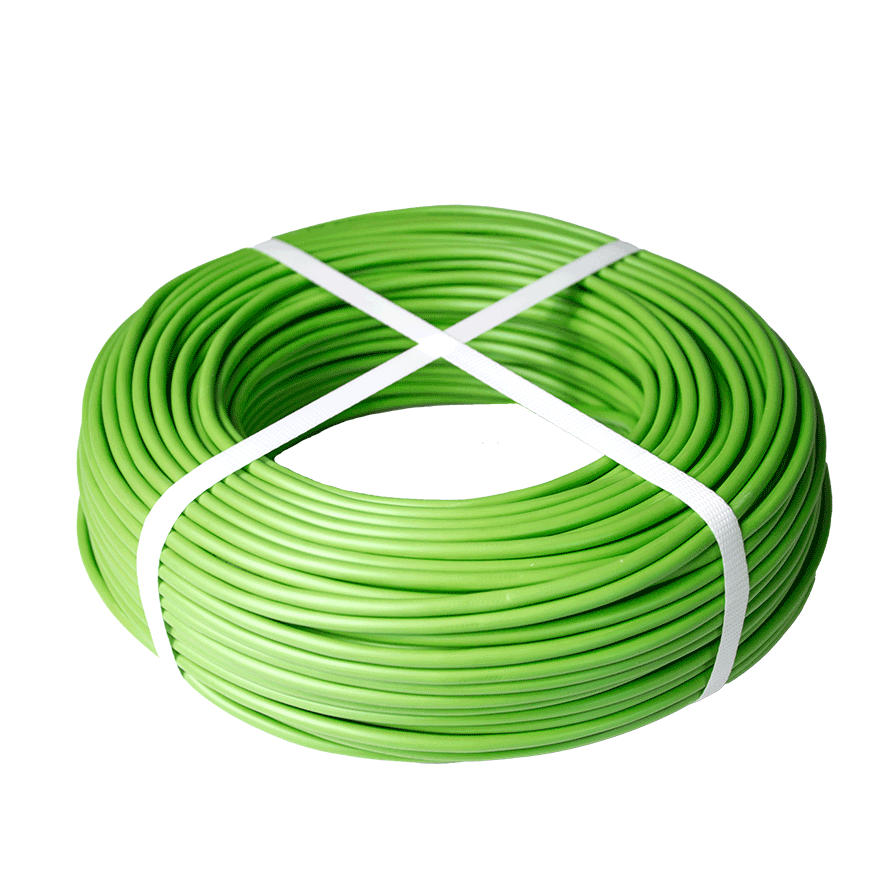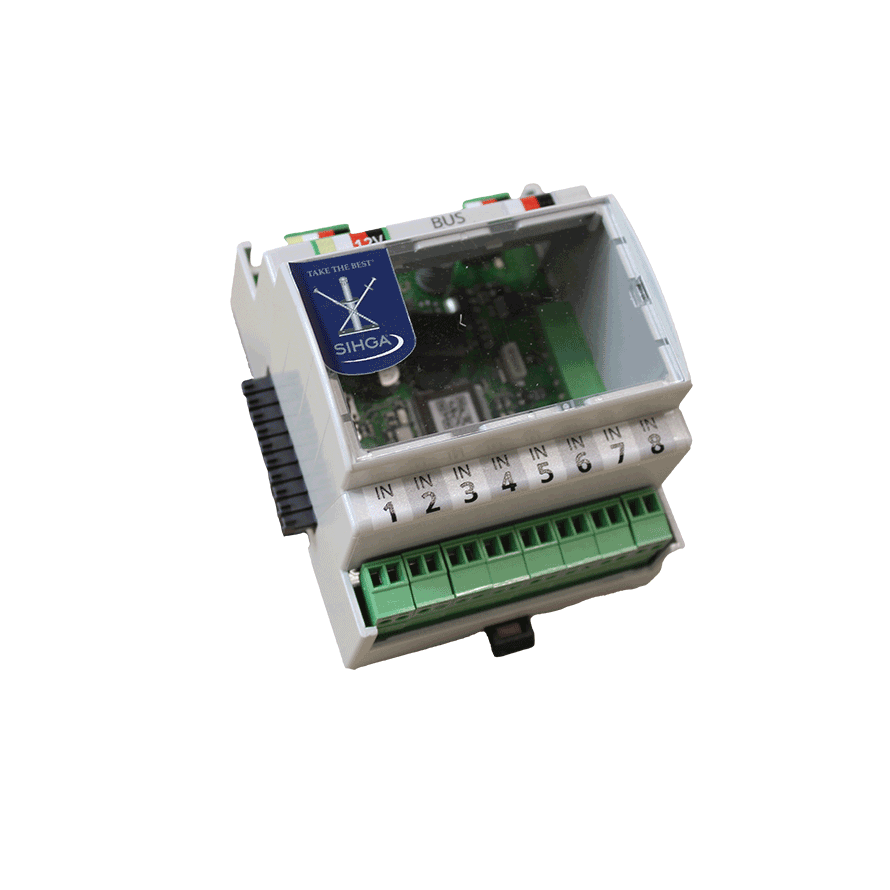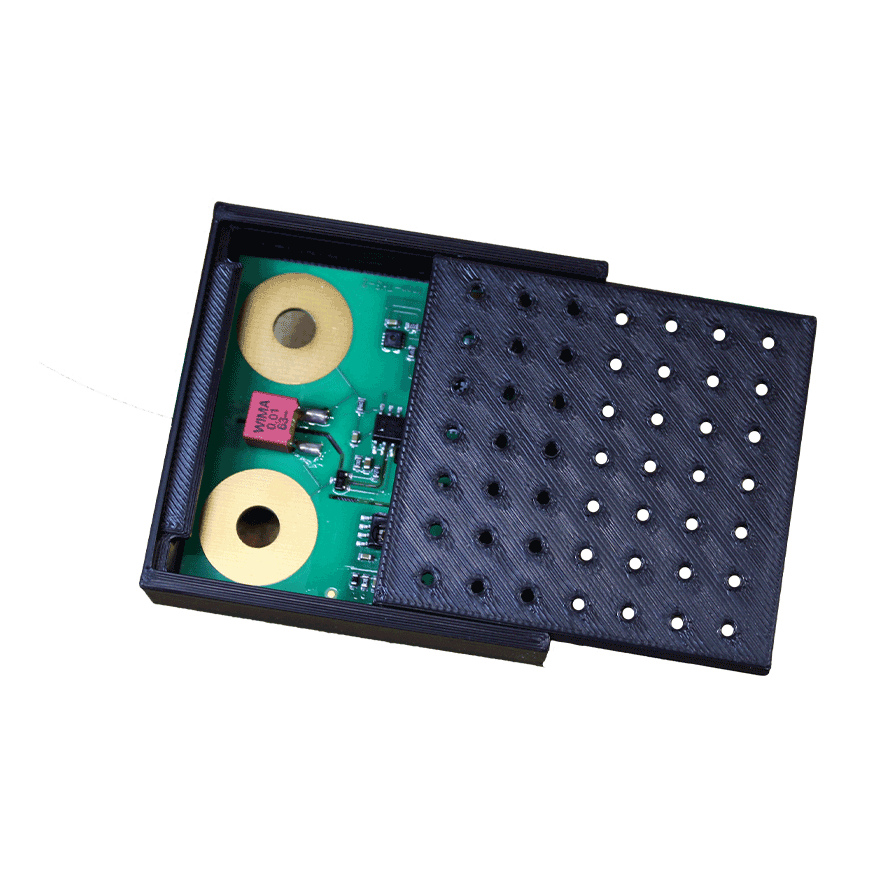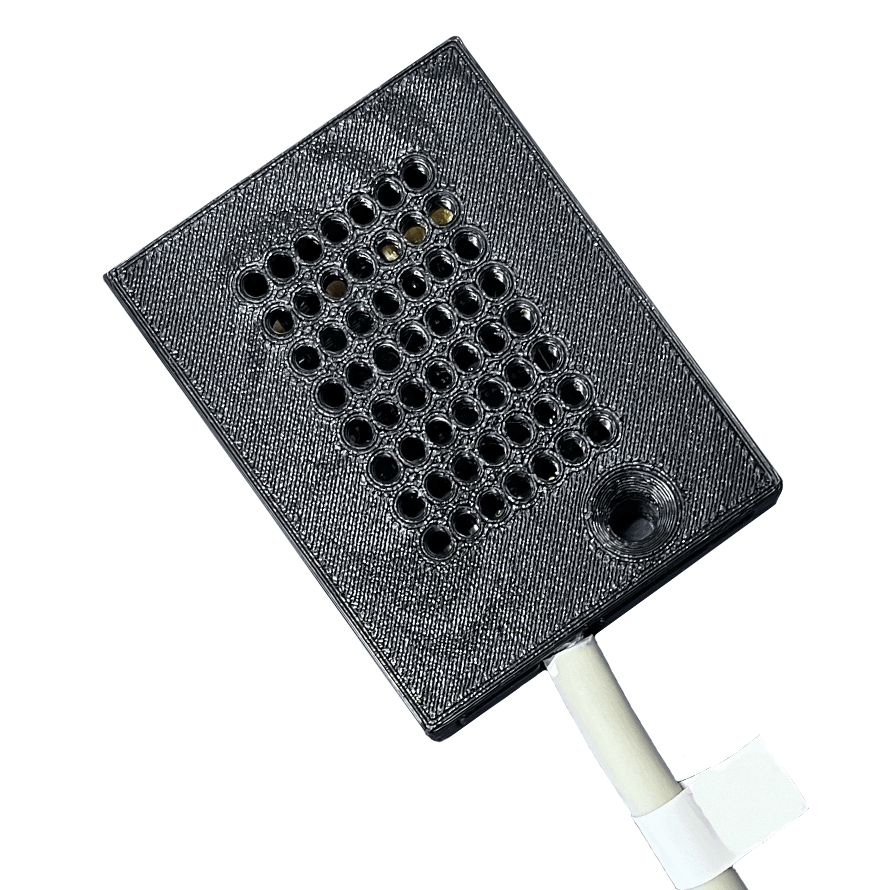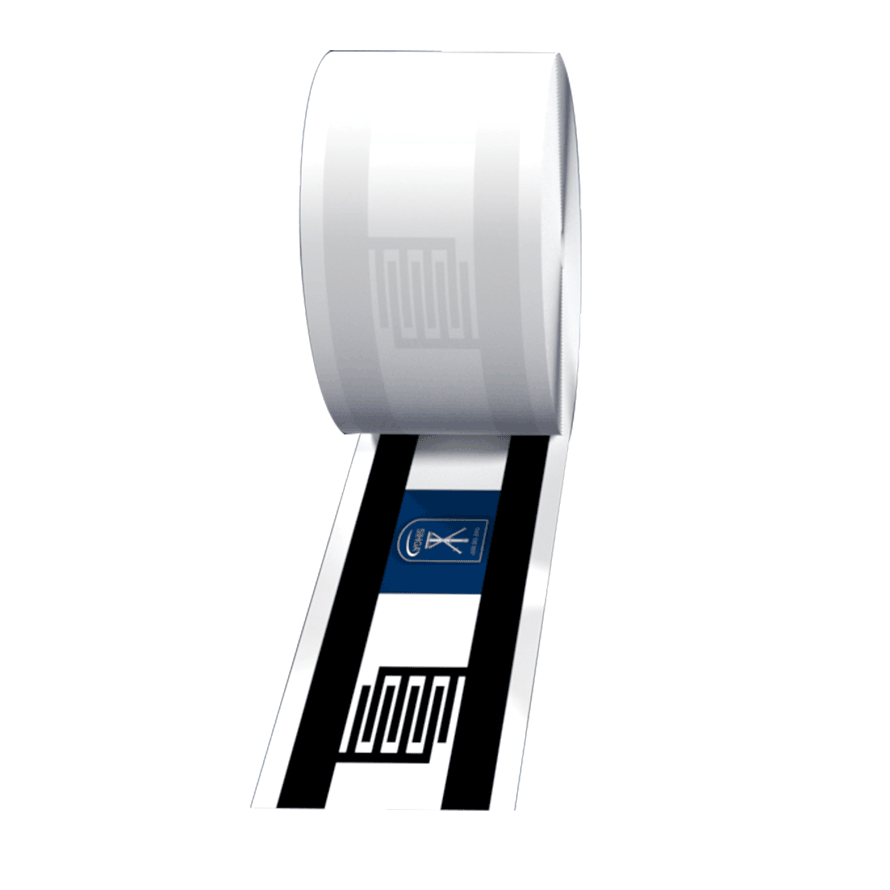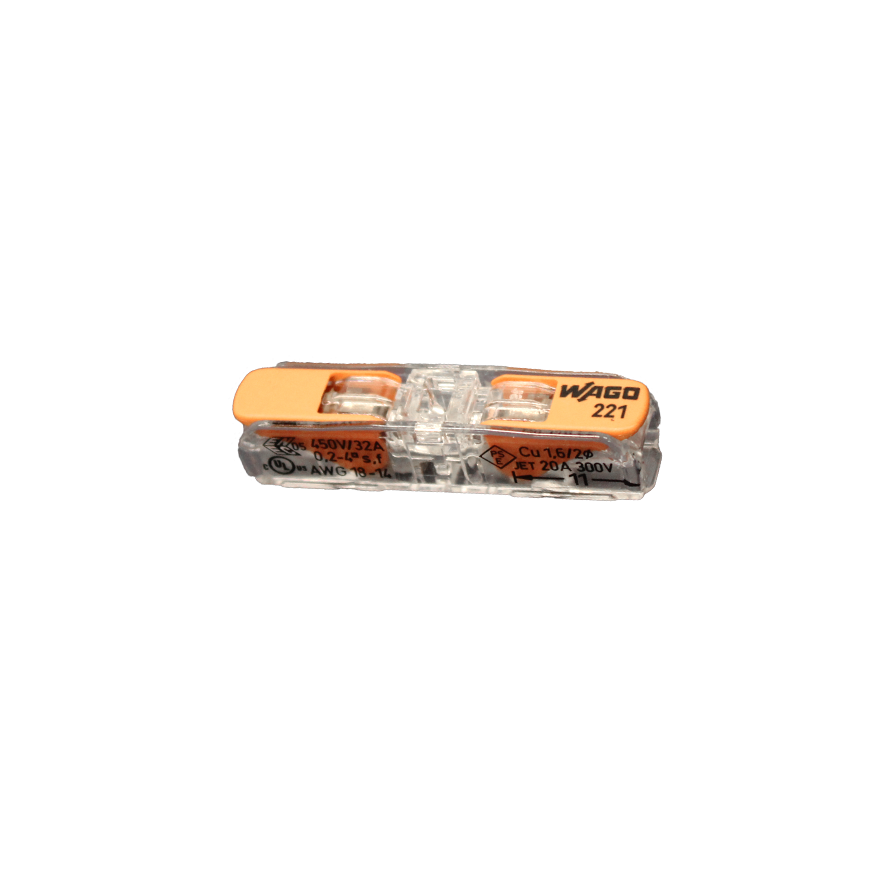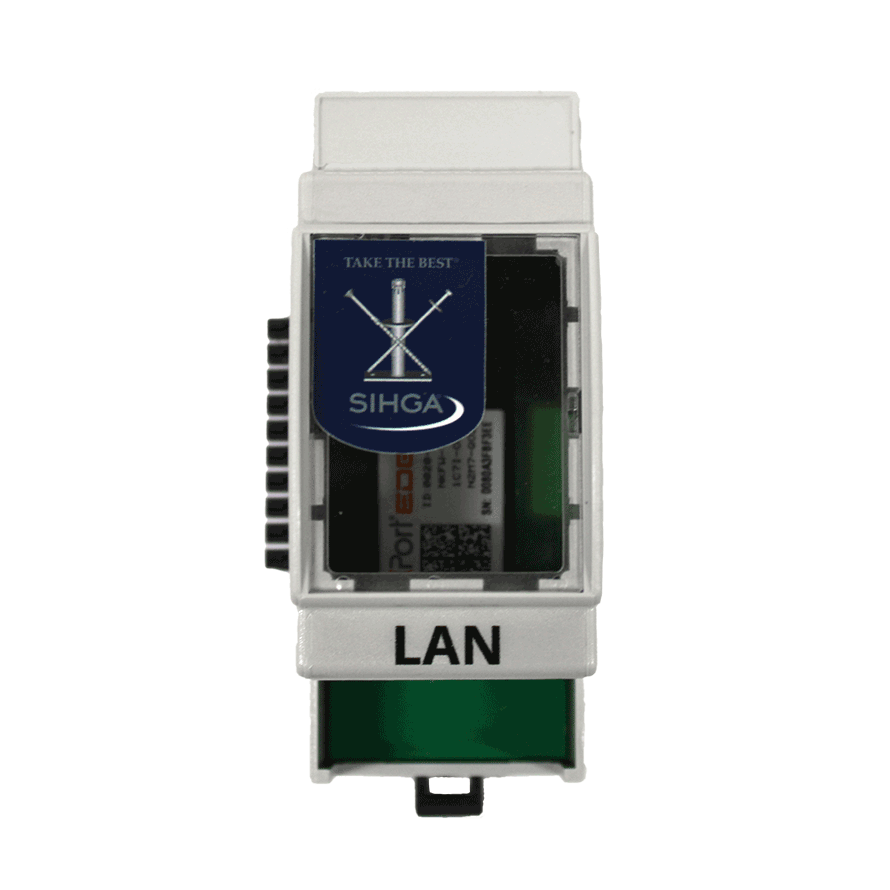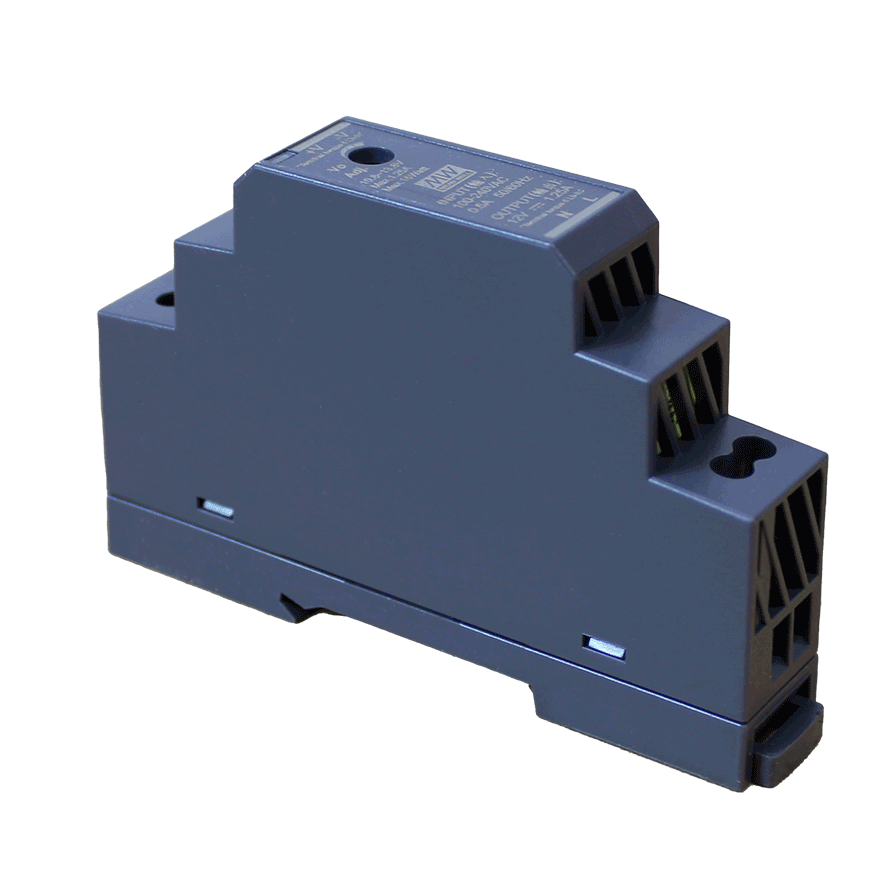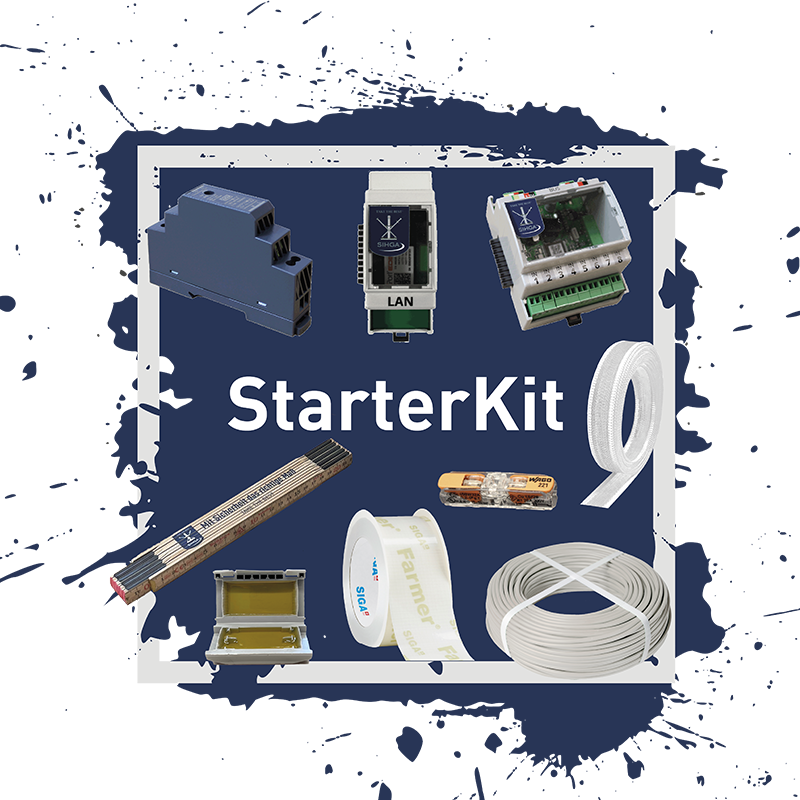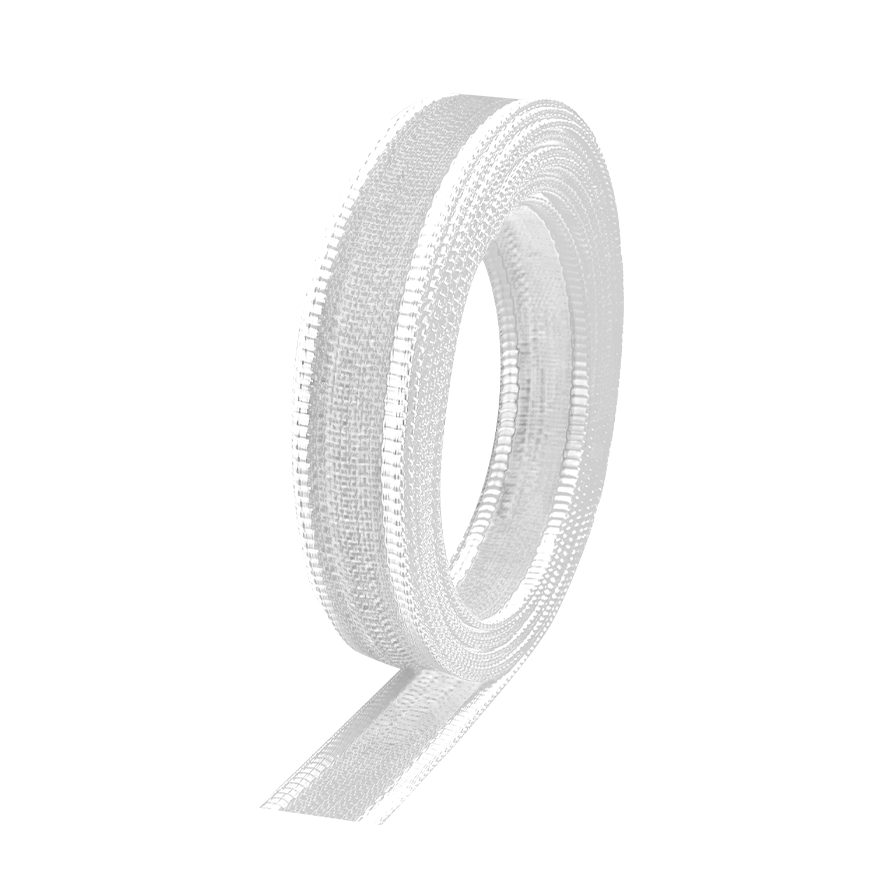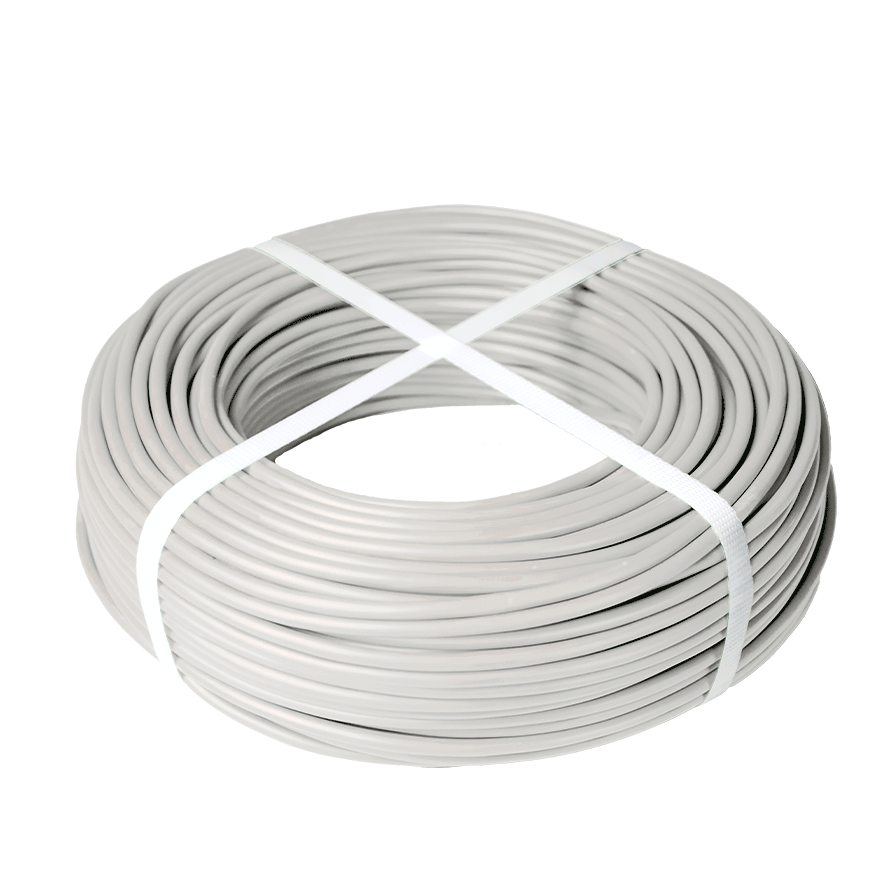
Monitoring system for damp and water ingress in timber components
Digital timber protection from SIHGA®: How it works
- The long-term durability and safety of wooden buildings is increased.
- Contributes to maintaining the value of the property.
- Moisture damage can be detected at an early stage.
- Expensive renovation measures can be avoided.
- The planning and dimensioning are carried out free of charge by SIHGA®.
- Provides solid legal cover and enables insurance benefits in the form of lower premiums and discounts, as damage can be precisely located and attributed.
Included services with an annual license
- 12 months access to SIHGA Cockpit (monitoring platform)
- Storage and evaluation of data - Organization of objects and user structure
- Construction site and property documentation incl. media data
- Automatic alert by e-mail if predefined threshold values are exceeded
Contract term: The contract comes into force as soon as the device is connected and reports to the cockpit or goes online. The contract is concluded for a period of 12 months. The contract is automatically renewed for a further 12 months unless it is terminated 3 months before renewal. The contract must be terminated in writing.
Indexation annual fee: The agreed annual fee is based on the monthly consumer price index published by Statistics Austria in 2020 or should this index no longer be published, an index replacing it. The starting point for this value protection is the final index figure published for the month in which the contract is concluded. Index fluctuations up to and including 3% are not taken into account. However, if the index rises or falls, the entire change is taken into account. All rates of change are to be calculated to one decimal place. The index figure that led to the upward or downward overshoot forms the new starting basis for the calculation of further overruns.

